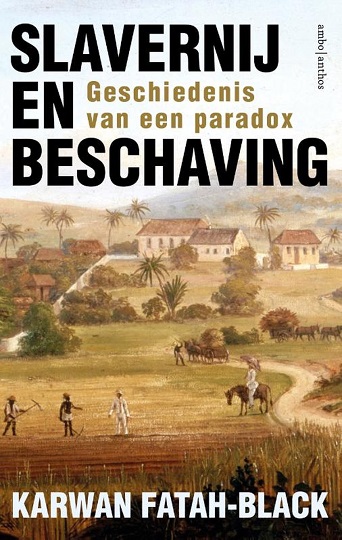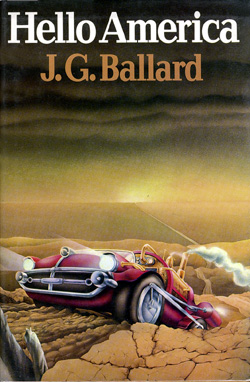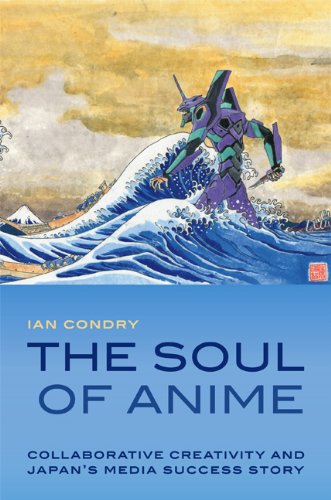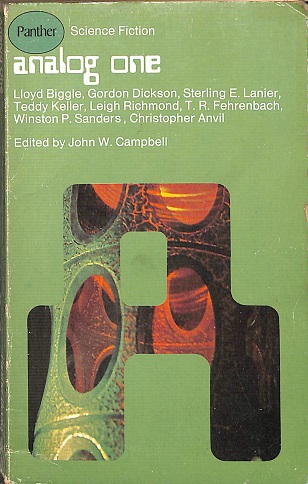
Slavernij en Beschaving: Geschiedenis van een Paradox
Slavery and Civilisation: History of a Paradox
Karwan Fatah-Black
192 pages including notes and index
published in 2021
Thanks partially to the Black Lives Matter movement, the slavery debate has erupted once again in the Netherlands. For years and decades those descended from enslaved people have been lobbying for recognition from the Dutch government for the injustices done to their ancestors. While in the past decade both governments and public opinion have been increasingly prepared to indeed acknowledge these, there’s also still a large minority resistant and hostile to any such recognition. Partially this is the usual far right suspects of course, but there are also certain ‘respectable’ historians allergic to anything that looks like an apology for slavery. There is a tendency within the Netherlands to want to have our glorious past as a Great Power without acknowledging the human costs that came with building our empire and wealth. Anything that even hints at the fact that the prosperity of the Netherlands during our Golden Age and beyond was built upon murder, rape, genocide and slavery is immediately rejected. Despite this resistance though the interest in coming to terms with our past has grown, in no small part thanks to the efforts of those whose ancestors were the victims of Dutch greed. Official acknowledgment on all levels of involvement in the slave trade has been growing, with the Dutch government formally apologising for the slave trade not long ago.
Despite this, the question remains why there was and is still so much resistance to this acknowledgement of simple historic facts. Everybody agrees slavery is bad, it has been abolished since 1863, it’s been explicitly named as a crime against humanity by the UN since its foundation, so why this hesitance? That’s the question which led Karwan Fatah-Black to write this book. For him, this resistance flows from the Narrative that has been created about slavery in the West, a narrative that minimises and absolves Europeans from their responsibilities for slavery. Anything challenging this narrative feels like an attack not just on our history, but ourselves for having profited from its existence, no matter how indirectly. If we want to come to grips with our history of slavery therefore, this narrative first needs to be dismantled before the reality of slavery can be made clear: this is the goal of this book.
To do so, Fatah-Black first establishes what this narrative about slavery is. It starts with the idea that slavery was an inevitable and uncontroversial part of all ancient civilisations, particularly those that form the cradle of Western civilisation: Greece and Rome. Slavery as an universal concept every society participated in and which was the same in every civilisation that had it. Building on that, the idea is that the existence of slavery taught the West how important freedom is, while the rise of Christianity meant the abolishment of slavery in Europe, with Europe therefore leading the way towards a higher civilisation. Sadly however, as European nations started exploring the world, they came into contact with lesser civilised countries, where slavery still existed and had no choice but to accept it and use it themselves. However, thanks to the Enlightenment they were also the first to voluntarily abolish first the slave trade and then slavery itself, again leading the world.
It;s a very self serving narrative of course, as if we introduced slavery only to be able to abolish it later. But it is something that is still adhered to by many people, including historians. It ties in with the idea of slave owners as good patriarchs protecting people who were just not capable of leading themselves, who needed a firm hand to kep them fed and content. Nasty but seductive, Fatah-Black attempts to dismantle this story by first looking at historical slavery and then extending this history by looking at the voices of actual enslaved people themselves. In that first part, Fatah-Black goes from ancient Greece and Rome, to slavery in the Islamic World, to Atlantic slavery and in each period examines the idea that slavery was indeed natural and uncontroversial. In the second part, the idea that slavery was abolished voluntarily purely though the good will of the western powers is demolished.
To start with the latter, Fatah-Black goes into the history of slave rebellions, focusing in on Haiti and how this was the first country to abolish slavery and did this entirely through the efforts of the enslaved population. Inspired by the ideals of the French revolution the enslaved freed themselves, while France betrayed its own ideals with its attempts to re-enslave them. Of course Haiti was not the only revolt against slavery and Fatah-Black also looks at other examples. The intention is to show that even without the abolition movements in England and elsewhere, there was resistance against slavery and that this resistance sooner or later forced the abolition of slavery. He also provides the example of Tunesia, which abolished slavery in 1846, well before the Netherlands or the US did, to show abolition was not dependent on being a ‘western’ or christian society.
That there was this resistance and that this resistance was widespread is of course already an important clue that slavery was never as accepted or natural as its proponents then or apologists now like to claim it was. Even in societies like Ancient Greece or Rome where it was an accepted fact of life, there were still people who refused to and certainly a sense that it was not a good thing to be a slave. The idea that slavery is just a natural phase societies go through that will disappear once it is civilised enough is therefore shown to be wrong. Even in true slaver societies it is clear people knew slavery is wrong.
Remains the question why there is so much resistance against the true history of slavery and the unsavoury role western countries like the Netherlands played in the Atlantic slave trade. Perhaps it’s just not wanting to feel guilty for enjoying a level of wealth that is partially built on this crime. If we pretend slavery is just a normal thing societies go through, that we are actually praiseworthy for ending it voluntarily, no need to feel guilty or make reparations.



